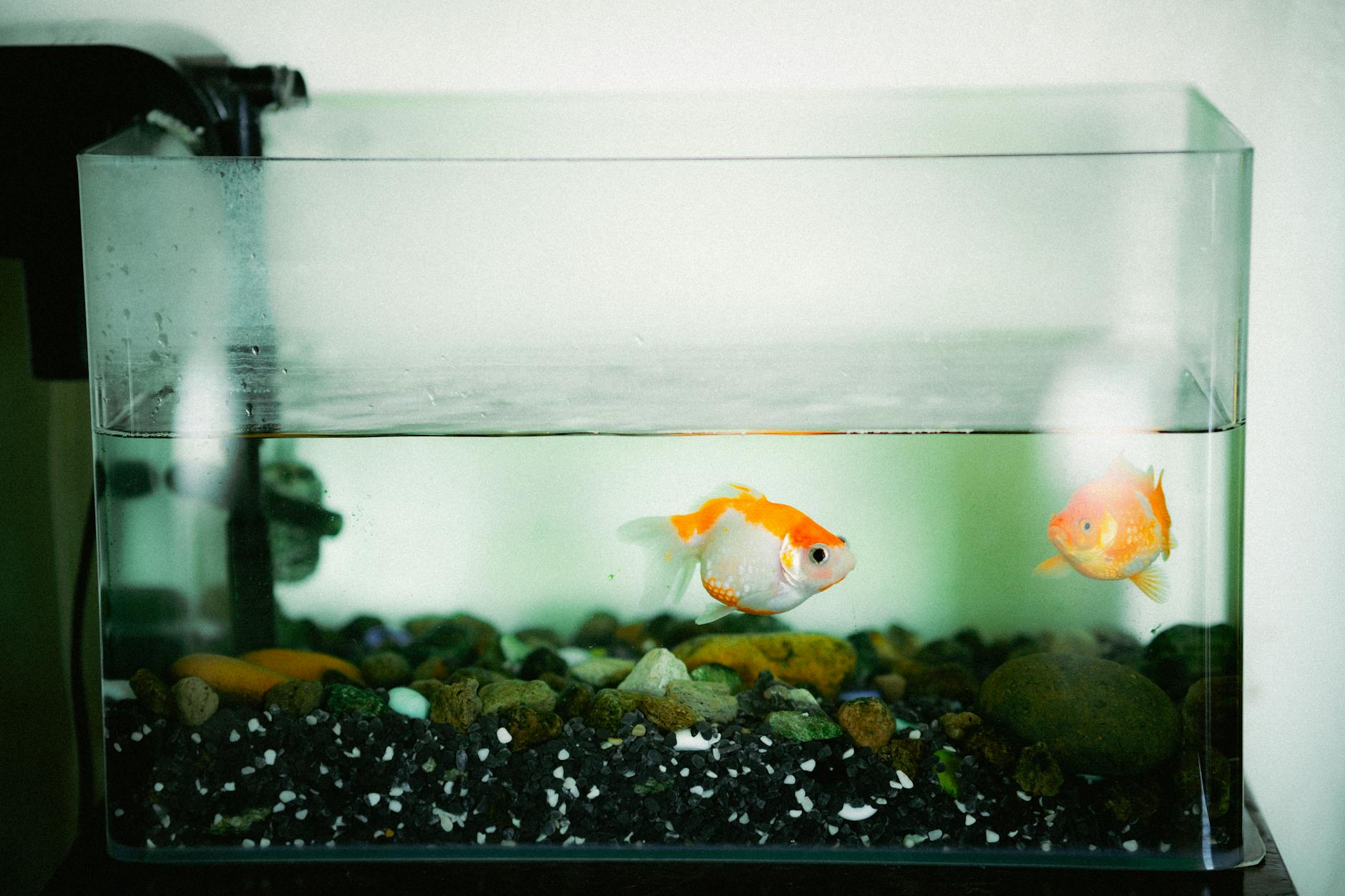Saltwater Fish Care 101: Essential Tips for a Healthy Aquarium from Day One
Imagine a world of colorful marine life, lively corals, and delicate invertebrates coexisting in a miniature ocean crafted by you. An aquarium is more than a hobby—it’s a thriving ecosystem that relies on you to keep it balanced.
But diving into saltwater fish care can seem complex, especially if you’re starting. The good news? Setting up a healthy, vibrant aquarium is achievable with a few core principles. Whether choosing species that suit your space or maintaining water quality, the essentials are easier when you know where to start.
Here, you’ll find practical advice and insights to kickstart your aquatic environment. Each will help you create a captivating, sustainable marine habitat right at home. So, keep reading!
1. Choosing the Right Species for Your Tank
Setting up your aquarium with the right creatures is like finding ideal roommates—they need to get along to keep the peace! Marine animals have unique personalities, so selecting species that thrive together is key. Well, hardy options like clownfish and damselfish are fantastic for beginners. They adjust easily to changes in water conditions.
So, when exploring saltwater fish for aquarium setups, try looking for aquaculture species. These captive-bred fish are generally more resilient and better suited to life in a home tank, making them perfect for newcomers. To keep your tank naturally clean and balanced, consider adding invertebrates like shrimp and crabs. They’ll work tirelessly to maintain tank hygiene while adding variety.
2. Setting Up the Aquarium: Essentials You’ll Need
Starting an aquarium is about more than just filling a tank with water. Instead, it’s about creating a stable environment where marine life can thrive. First, choose an appropriately sized tank. Larger tanks (20 gallons and above) are more stable. They make it easier to maintain water quality and give your marine pets plenty of room to swim.
Also, equip your tank with a quality filter, a heater, and aquarium-safe lighting. Good lighting, especially if you’re keeping corals, plays a big role in maintaining a natural habitat. Live rock is also recommended. It hosts beneficial bacteria that help keep the water balanced. While these pieces might seem like extra steps, each contributes to creating a stable and healthy environment from day one.
3. Understanding and Maintaining Water Quality
Water quality is the foundation of a thriving marine tank. So, keeping it balanced should be a top priority. Regularly test the salinity, pH, and ammonia levels to ensure a safe environment. Aim for an ideal salinity of about 1.020-1.025 specific gravity, and keep the pH steady around 8.1-8.4.
In addition, invest in a testing kit and make it a habit to check water parameters weekly. Regular water changes—about 10-15% every two weeks—can work wonders for keeping toxins low and water conditions stable.
You can also introduce a “clean-up crew” of snails, hermit crabs, and other small scavengers to help naturally reduce waste and algae. Together, these little helpers create a self-sustaining ecosystem that keeps your tank healthy and vibrant.
4. Introducing New Creatures: Patience is Key
Bringing new pets home is exciting, but helping them settle comfortably is key to their well-being. A gradual introduction to their new habitat can make all the difference. Try using the drip acclimation method. It’s a gentle, tried-and-true approach to help them adjust to the tank’s temperature and water chemistry.
Start by setting up a small container and slowly drip tank water into it over an hour, blending the waters gradually. This slow process eases stress, giving your new arrivals a smoother transition to their surroundings.
Another smart step? Set up a quarantine tank. Even if newcomers look perfectly healthy, this extra precaution helps prevent hidden illnesses from reaching your main tank. With this method, you’re giving each new pet a strong start while keeping your whole marine family safe.
5. Feeding Your Fish: What and When
Feeding is one of the simplest yet most rewarding parts of aquarium care. A well-rounded diet keeps your animals active and vibrant. Most thrive on various foods, from frozen treats and pellets to live bites like brine shrimp. Feed them in small amounts that they can finish within a few minutes. Overfeeding might seem kind, but it leads to waste buildup that can cloud the water.
Invertebrates, like crabs and shrimp, often need a little extra attention. Some need algae-based foods or supplements, especially if your tank is algae-free. Likewise, setting regular feeding times helps your tank’s inhabitants adapt to their new environment, promoting healthier, happier tankmates.
Wrap Up!
Setting up and caring for a marine aquarium can feel challenging at first, but with patience and regular care, it’s truly rewarding. By following the above key steps, you’ll create a balanced, thriving home for your fish right from the start.


Leave a Reply
You must be logged in to post a comment.